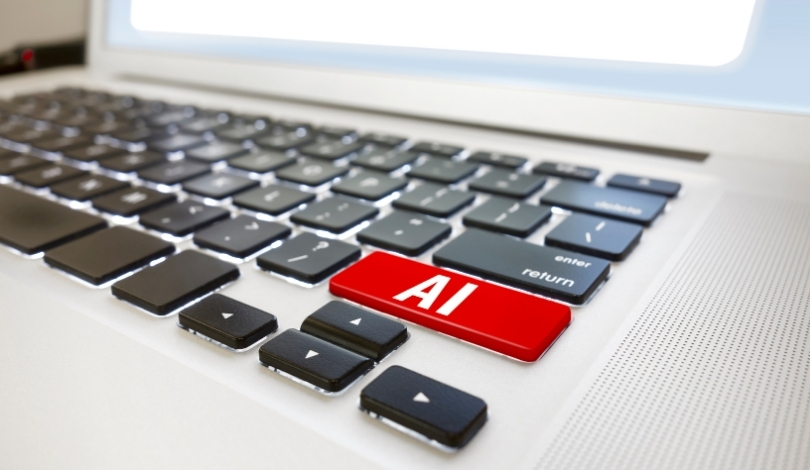At this year’s RoboBusiness conference, industry leaders and innovators will gather in Santa Clara to explore the rapid development of physical AI technologies shaping robotics today. The introduction of the inaugural Physical AI Forum reflects an increasing emphasis on real-world AI applications across industries. With over 100 exhibitors and more than 60 speakers, the event aims to foster collaboration, strategic debate, and knowledge-sharing to help both startups and established players navigate a competitive market. Visitors will encounter solutions targeting warehouse optimization, manufacturing efficiency, and hospital automation, alongside sessions on data curation and robot dexterity. This expansion of focus demonstrates how physical AI implementation now spans both the research lab and industrial production floor.
Compared to previous years, RoboBusiness has significantly widened its scope. Earlier editions concentrated on enabling components and robot deployment, but the emergence of platform-level AI discussions, simulation-to-reality training, and cross-industry case studies marks an operational shift for the sector. Recent coverage of physical AI often highlighted isolated advancements or academic milestones, whereas the 2024 event positions applied AI and embodied intelligence as interconnected themes. Moreover, the inclusion of human factors and workflow integration represents a more holistic approach than sessions from previous conferences that focused primarily on technical progress.
How Are Industry Leaders Advancing Physical AI?
RoboBusiness 2024 brings together representatives from companies such as NVIDIA, Dexterity, ABB Robotics, Ambi Robotics, GrayMatter Robotics, Diligent Robotics, and Roboto. These firms present their latest developments in deploying AI-powered robotics for tasks requiring dexterity, adaptability, and resilience. NVIDIA’s Deepu Talla will discuss simulation-first development and foundation model training, highlighting the integration of AI that supports next-generation autonomous systems. According to Talla,
“We are moving beyond static, rule-based automation toward adaptable, intelligent autonomy capable of handling high-variation tasks.”
ABB Robotics and Dexterity will share their insights into how AI tools improve robot efficiency in dynamic environments such as warehouses and manufacturing lines.
What Strategies Support Successful Deployment?
Achieving large-scale implementation of AI-driven robots remains a primary concern for many organizations. SK Gupta from GrayMatter Robotics will outline practical strategies, including establishing automation champions and redesigning workflows to utilize robots’ unique strengths rather than duplicating human actions. The conference will feature advice on performance measurement, workforce training, and calculating return on investment beyond immediate labor savings. Manufacturers and logistics providers attending the event are expected to benefit from these tactical perspectives focused on bridging the gap between pilot projects and scalable deployments.
Can New Data Techniques Address Generalization Challenges?
Physical AI adoption often stalls on the challenge of curating high-quality, meaningful data. Roboto’s Benji Barash will present approaches to structuring and processing the vast sensor information that robots collect, emphasizing the necessity of curation over mere data accumulation. Barash notes,
“Without structure, much of the vast data generated by robots goes unused.”
Techniques such as signal similarity search and vision-language tagging are poised to help train more generalist models and support a wider range of applications. Such methods are especially relevant under conditions where traditional, task-specific programming falls short in complex environments.
RoboBusiness 2024 provides a comprehensive view of how physical AI is evolving from concept to everyday operational deployment. Sessions covering hospital automation by Diligent Robotics, embodied AI advancements by Dexman AI, and reinforcement learning from Ambi Robotics indicate a strong push for real-world adaptability and robustness. Participants can interact with companies demonstrating technologies that promise more responsive and capable systems, a trend now echoed in competitive sectors such as healthcare logistics and e-commerce fulfillment. The growing intersection of AI, robotics hardware, and domain-specific expertise underscores an ongoing transition toward increasingly autonomous and flexible machines. Those involved in robotics innovation and industry application stand to gain not just knowledge of individual technical milestones, but also a broader understanding of system integration and data strategy that will likely determine the pace of adoption over the coming years.










